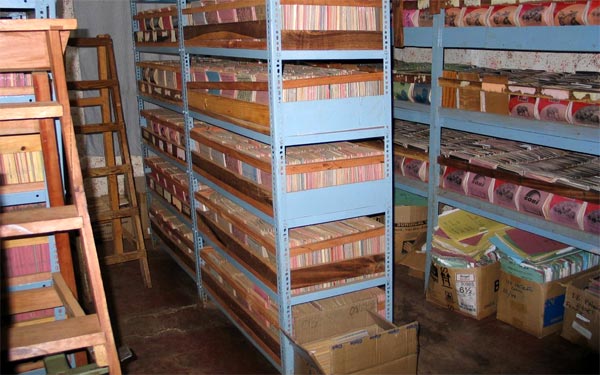Can electronic medical records (EMR) help hospitals, clinics and doctor’s offices go green? Yes, but not right away.
Kaiser Permanente, a health care giant, used itself as a test case and the results are encouraging. Transitioning to electronic medical records can cut CO2 emissions by up to 1.7 million tons a year. The New York Times Bits blog reports:
In the Kaiser system, the researchers conclude, electronic health records have been decidedly green. Their use, the article says, has eliminated 1,000 tons of paper, 68 tons of X-ray film, and lowered gasoline consumption by patients by 3 million gallons a year. That more than offsets the 250 tons of plastic waste a year, mostly from tossing out old computers (all of Kaiser’s machines are recycled).
The downside? Only about a quarter of the nation’s doctors use electronic health records and research indicates that transitioning to a digital system would increase CO2 emissions by 653,000 tons.
Getting cloudy
Scary, but the shift toward electronic health records in many ways mirrors the IT’s industry’s drive toward cloud computing. In the short term, building huge data centers, outfitting them with servers and powering those facilities can negatively impact the environment. The energy efficiency gains and emissions cuts start kicking in as businesses shift their IT usage to newer, greener and leaner-running data centers and older installations and inefficient server closets are retired.
According to Microsoft, moving to the cloud can slash IT energy consumption and carbon emissions by up to 30 percent. The savings are more pronounced for mid-sized and small firms — up to 90 percent. Essentially, it’s great news for health facilities both big and small, and already one hospital in North Carolina is enjoying the benefits.
Early, encouraging days of EMR on the cloud
In December, eWeek’s healthcare IT expert, Brian Horowitz, spotlighted an EMC/VMware private cloud installation that’s helping Northern Hospital of Surry County’s handle the growth of its EMR infrastructure. He wrote:
Using EMC’s hardware, Northern Hospital has saved hundred of thousands of dollars by eliminating 20 servers and minimizing the maintenance of existing servers, EMC reports.
The hospital has also been able to lower power usage and network congestion. Northern Hospital plans to achieve 70–80 percent server virtualization within the next 12 months, according to EMC.
GE, too, is jumping in on cloud to power its Centricity Advance EMR platform. This growing market is a good opportunity for cloud startups that can handle huge data stores in a variety of formats (everything from electronic forms to medical imaging); update and deliver that data fast, securely and reliably; and navigate tough regulatory waters. Easier said than done, perhaps, but the potential is huge as doctors increasingly and inevitably trade their clipboards for tablets.
Even the job outlook for IT professionals with a penchant for medical tech looks good. So while everyone is rushing to fill every niche in the white hot social media landscape — and cash out, let’s not forget — the relatively un-sexier field of EMR could prove lucrative for entrepreneurs too.
Image credit: Flickr user Paulssons – Creative Commons


HT to healthcare IT expert @bthorowitz @RT @ecoINSITE: Electronic medical records’ green potential lies in the cloud http://bit.ly/m6GVAl